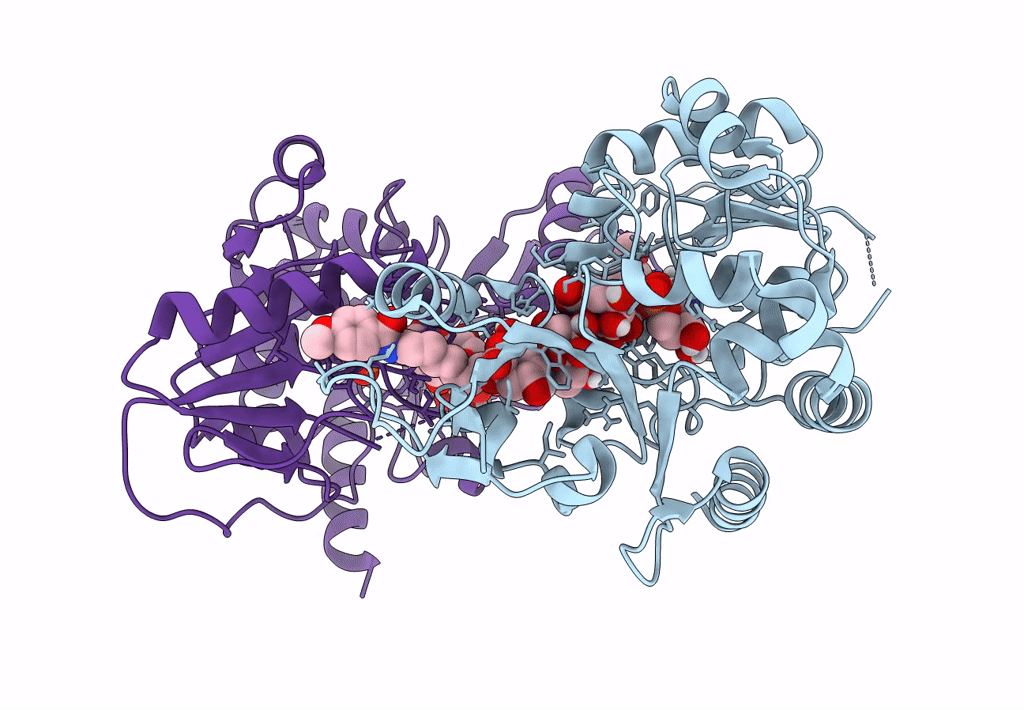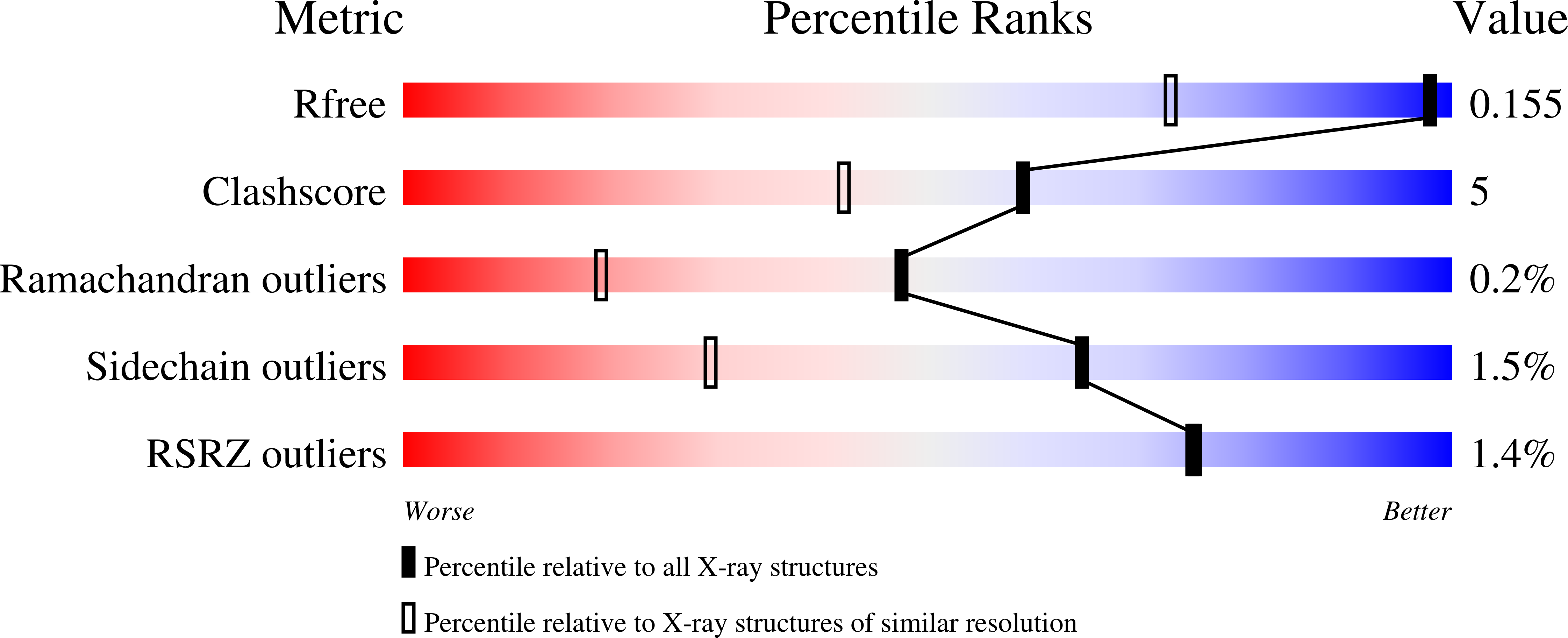
Deposition Date
2023-01-18
Release Date
2023-03-08
Last Version Date
2024-05-22
Method Details:
Experimental Method:
Resolution:
1.20 Å
R-Value Free:
0.15
R-Value Work:
0.12
R-Value Observed:
0.12
Space Group:
P 1 21 1


